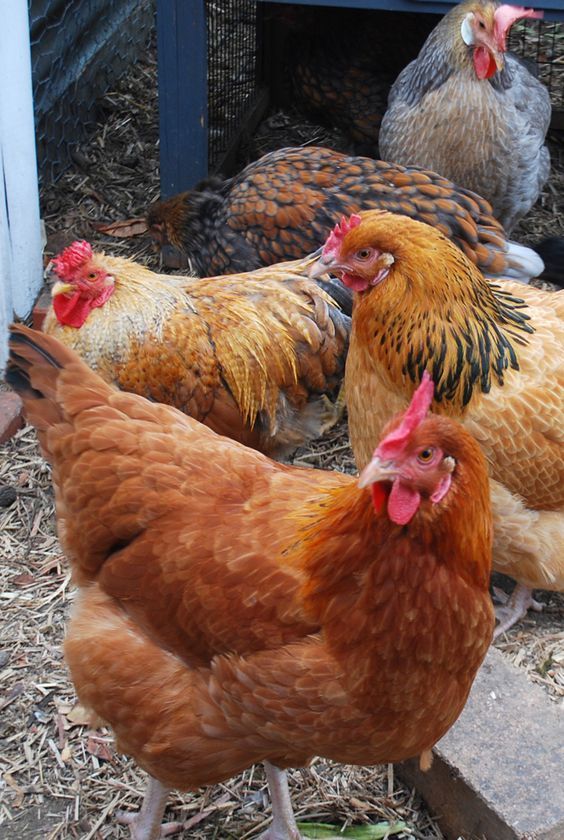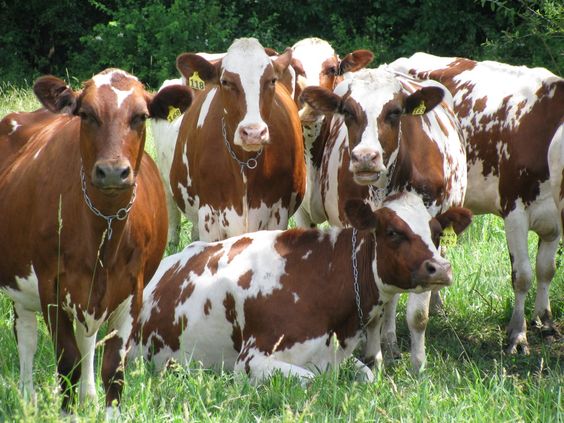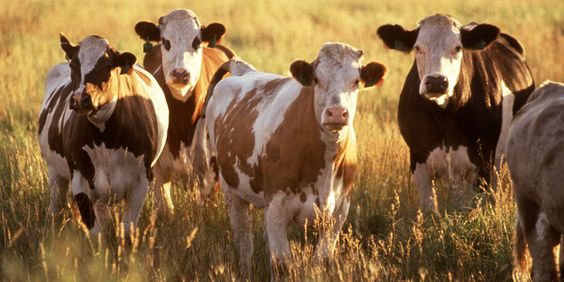Understanding Cow Fertility: A Guide to Maximizing Reproductive Success
Cow Fertility,For both beef and dairy farmers, cow fertility is a crucial factor influencing herd health, productivity, and profitability. A cow’s ability to conceive and carry a calf to term directly impacts the calving interval, milk production in dairy cows, and the overall herd’s replacement rate. This comprehensive guide delves into the complexities of cow fertility, exploring factors that influence it, strategies for improvement, and best practices for maintaining a healthy and productive herd.
The Biology of Cow Fertility Reproduction
Before diving into optimizing fertility, understanding the basic reproductive cycle of a cow is essential. Cows are polyestrous animals, meaning they exhibit recurring periods of heat, or estrus, throughout the year when they are receptive to breeding. This estrous cycle typically lasts for 18-24 hours and occurs every 21 days on average. During this time, hormonal changes trigger behavioral cues like increased vocalizations, restlessness, mounting other cows, and standing heat.
Following estrus is ovulation, the release of a mature egg from the ovary. This typically occurs 12-24 hours after the onset of heat. For successful conception, insemination (natural or artificial) needs to happen within a short window around ovulation. After ovulation, the corpus luteum, a temporary gland formed in the ovary, produces progesterone, a hormone that prepares the uterus for pregnancy. If no pregnancy occurs, the corpus luteum regresses, progesterone levels decline, and the estrous cycle restarts.
Factors Affecting Cow Fertility
Several factors can influence a cow’s ability to conceive and maintain pregnancy. These can be broadly categorized into:
- Cow Factors: Age, breed, genetics, body condition score (BCS), nutrition, overall health, and presence of any reproductive disorders can all play a role. Younger cows (2-5 years old) generally have higher fertility compared to older ones. Breed characteristics also influence fertility, with some breeds naturally having higher conception rates.
- Management Practices: Heat detection methods, timing of insemination, breeding strategies (natural vs. artificial insemination), cow comfort, and stress levels all contribute to fertility success.
- Environmental Factors: Season, heat stress, and photoperiod (daylight hours) can affect a cow’s estrous cycle and overall health.
Strategies for Improving Cow Fertility
Here are some key strategies to optimize cow fertility in your herd:
- Heat Detection: Early and accurate detection of heat is crucial for timely insemination. Visual observation for behavioral signs is a traditional method, but technology like heatmount detectors and pedometers can aid in more precise identification.
- Nutritional Management: Providing cows with a balanced diet that meets their energy and nutrient requirements throughout the reproduction cycle is essential. Deficiencies in vitamins, minerals, or protein can negatively impact fertility.
- Body Condition Scoring: Maintaining cows at an optimal BCS (typically around 2.5 on a 5-point scale) at calving and throughout breeding is crucial. Cows that are too thin or overweight may experience hormonal imbalances and delayed return to estrus.
- Breeding Strategies: Selecting the appropriate bulls (for natural breeding) or semen (for artificial insemination) based on desired traits and herd needs is important. Consulting with a veterinarian or breeding advisor can help in making informed breeding decisions. There are also various estrus synchronization protocols available to manipulate the estrous cycle and potentially improve conception rates.
- Herd Health Management: Regular veterinary checkups, vaccinations, and parasite control programs help maintain overall cow health and minimize the risk of reproductive diseases that can impact fertility.
- Management of Stress: Stress from factors like overcrowding, transportation, or handling can negatively affect a cow’s hormone balance and estrous cycle. Implementing practices that minimize stress and ensure cow comfort can contribute to improved fertility.
Monitoring and Record Keeping
Maintaining accurate records of breeding dates, heat cycles, insemination results, and pregnancy diagnoses is essential for evaluating herd fertility performance. Tracking these metrics allows farmers to identify potential issues early on, make informed management decisions, and measure the effectiveness of implemented strategies.
Conclusion Cow Fertility
Cow fertility is a complex issue influenced by a multitude of factors. However, by understanding the underlying biology, implementing best practices for heat detection, nutrition, breeding management, and cow health, farmers can significantly improve their herd’s reproductive success.Working with a veterinarian or animal scientist can further enhance your efforts in farming optimal herd fertility and ensure your cattle herd is productive and profitable.





